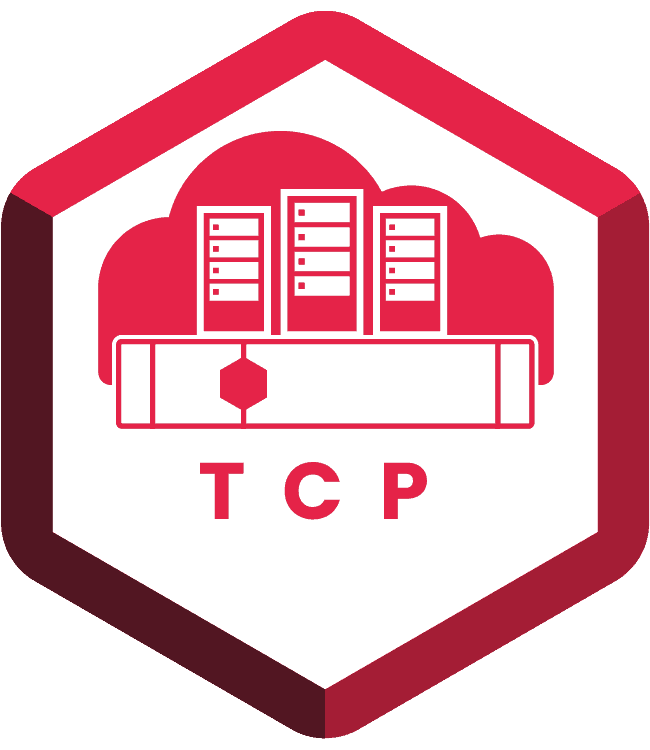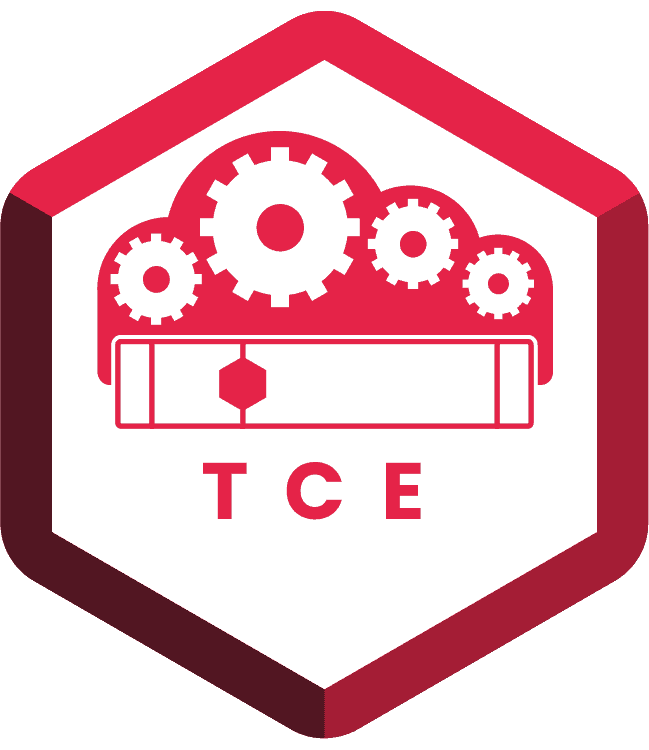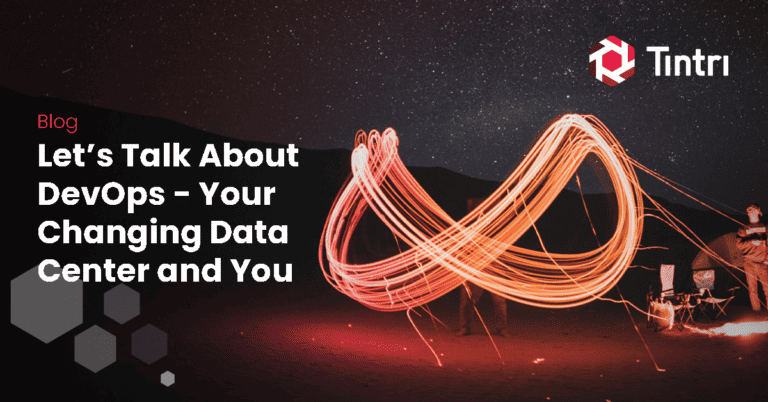- KEY TAKEAWAYS
- Tintri services snap together like Lego blocks, allowing self-service users to provision each VM with the exact services required.
- With VM- and container-level granularity, Tintri storage services are easier to automate and more relevant to users.
- Full REST APIs plus value added integrations including OpenStack, vRealize, Python, and PowerShell facilitate automation.
Tintri vRealize Orchestrator Plugin
About a year ago, I was talking with a customer who pulled up his vRealize Automation (vRA) portal and said, “Look, I don’t have a team of developers to integrate with your storage. I want you to make it easy for me to integrate Tintri features in my portal.”
That’s exactly what Tintri has done with its recently released plugin for vRealize Orchestrator (vRO). For anyone doing automation and self-service in VMware environments using vRealize Automation or vCloud Director, this plugin makes it very simple to integrate Tintri storage functions (including SyncVM and QoS) with the higher management layers without resorting to programming at the API level. Because Tintri vRO workflows can be incorporated by almost any self-service platform, they are extremely versatile.
A three-part video series also explains various aspects of Tintri vRealize integration:
- Install and configure the Tintri plugin
- Explore the task library of the Tintri plugin
- Link vRealize Orchestrator with vRealize Automation
You can download the Tintri vRealize Orchestrator plugin from the Tintri support portal.
Python SDK
Tintri has released an updated Python SDK for Tintri REST APIs on GitHub. This object-oriented SDK works with Python 2.7. Because it saves you from having to know the details of the underlying APIs, this SDK is useful for anyone doing automation, especially on non-Windows clients. You can read more details in this blog post from developer evangelist, Rick Ehrhart.
Tintri Automation Toolkit for PowerShell
The Tintri Automation Toolkit for PowerShell 3.0 version includes API features from Tintri API release, v310.51, available in Tintri OS 4.2 and Tintri Global Center 3.0. You can read more details about the toolkit in another blog post from Rick Ehrhart.
The Right Storage for Self-Service
The infrastructure you choose has a direct impact on the functionality of your private cloud and self-service portal. Tintri storage overcomes the limitations of conventional storage by providing the right set of core features operating at the right granularity. This makes it simple for your IT team to expose a rich set of storage services through self-service. Higher-level integrations simplify the automation process to address your needs across a range of operating environments.
Start with storage that’s VM- and container-aware and end up with storage services that are easier to automate and easier for users to understand.
In the cloud era, the traditional IT provisioning process—in which a developer or line-of-business manager requests resources and waits days or weeks while the request gets passed around from server admin to storage admin to network admin —is no longer an option. Unless you streamline provisioning and other IT processes, users will find their way to the public cloud where self-service is the killer feature. That’s one of the reasons why progressive IT teams like the crew at Bank of New York Mellon are using self-service to create bots that can free employees from mundane tasks and focus their time on value-add activities. Read about their creation of ‘ALEXIS’ (a proprietary bot) in the Wall Street Journal, and their partnership with Tintri to add more self-service capabilities in the future.
Many of you are working to create a private cloud for on-premises infrastructure to provide the same ease of use and agility as the public cloud while controlling costs and maintaining tighter control. However, the quality of the services you can offer depends in large part on underlying infrastructure choices, particularly storage.
When it comes to storage to satisfy self-service needs, there are three things you should look for:
- Core features. Snapshots, clones, replication, and other value-added capabilities can deliver big benefits, giving you capabilities you’d be hard-pressed to find in the public cloud.
- Granularity. Storage that operates at the VM- and container-level is much easier to incorporate in a self-service portal and results in functionality that is easier for users to understand and consume.
- Abstraction. Clean REST APIs for all storage capabilities ensure that you can automate storage functions no matter what self-service platform you’re using.
Conventional storage fails to address these requirements.
Self-Service with Tintri Storage
Tintri takes a web-services approach that fully satisfies the three requirements above. The Tintri enterprise cloud platform operates at the VM-level, and we are working to make the same services available at the container level. All Tintri features, including space-efficient snapshots, replication (async and sync), and QoS, operate at the right granularity, making them much easier to automate as part of a self-service portal.
A recent Tintri blogpost, Understanding the Difference Between Automation for VMs vs Volumes, explains these differences in detail. With Tintri storage you can automate advanced storage functions and make them available through self-service in ways that other storage vendors can’t. Tintri services snap together like Lego blocks, allowing users to provision each VM with the exact services required.
For instance, a user can provision a VM, set QoS for that VM, and specify a snapshot and replication schedule, all in a very intuitive fashion. Users don’t have to understand what a LUN is or what level of protection a particular LUN has. In addition, storage admins don’t have to configure and tune LUNs. That’s a good thing because in a self-service environment you often don’t know ahead of time what types of applications users will deploy.
Eliminate Impact of Noisy Neighbors
Another consideration is per-VM performance lanes/isolation, which is basically the noisy-neighbor problem. In a multi-tenant self-service environment, a noisy neighbor in one VM can affect performance for other VMs. In a traditional storage this occurs any time tenants share a LUN. It is difficult or impossible for an infrastructure team to figure out where the performance issue is coming from. Tintri addresses this noisy neighbor problem with per-VM performance lanes that provide complete performance isolation between VMs.
Simplify Provisioning and Refreshing Development and Test Environments
In dev/test and DevOps environments, provisioning and refreshing development and test environments are common tasks that must be automated. Tintri SyncVM allows teams to refresh data in development and test environments within minutes, accelerating continuous integration, release, and deployment of new software features. As with other Tintri features, you can make SyncVM available through your self-service portal so developers can create and update development and test environments with current code and data whenever needed. If this sounds interesting, check out this blog post and view the embedded video.
Tintri Self-Service Integrations
Another important element of storage self-service is integration with higher-level tools and platforms. In addition to our REST APIs, Tintri integrates with the following:
- OpenStack
- vRealize Operations and Orchestration
- Python SDK
- PowerShell
Tintri REST APIs provide the fundamental building blocks that underlie all these integrations and can be used to satisfy any Tintri automation requirement. Higher-level integrations make Tintri storage easier to automate and consume in a wide variety of situations. You give up some of the flexibility of using REST APIs directly, but you gain ease of use.
OpenStack
Tintri has been fully integrated with OpenStack since our code went into the OpenStack Liberty release. You can get a Tintri driver for older OpenStack releases from the Tintri support portal. Tintri storage works with any OpenStack distribution, but we are fully certified with the Red Hat, Mirantis, and HP OpenStack distros.
This video demonstrates some of the features of Tintri storage running in OpenStack environments.





